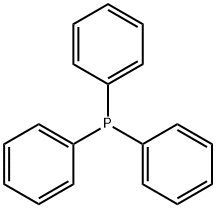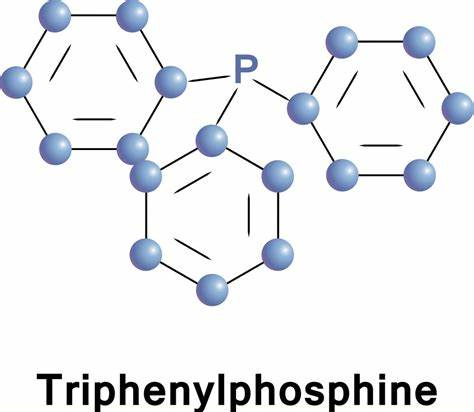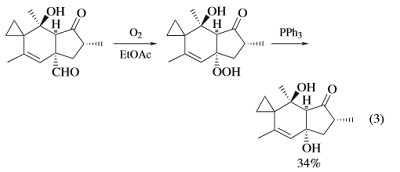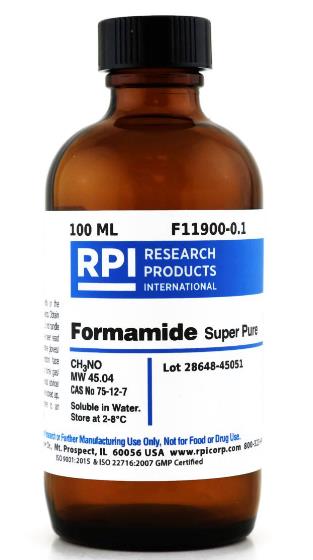Triphenylphosphine: Applications, Synthesis, Storage,Catalytic mechanism, toxicity
Introduction
Triphenylphosphine[1] is a common organophosphorus compound with the formula (C6H5)3P. It is a colorless crystalline solid, which is soluble in organic solvents such as benzene and ether. Triphenylphosphine is widely used as a ligand in coordination chemistry and as a reducing agent in organic synthesis. As a ligand, triphenylphosphine forms complexes with various metal ions such as palladium, platinum, and rhodium[2]. These complexes are important intermediates in catalytic reactions, including cross-coupling reactions, hydrogenation, and hydroformylation. In organic synthesis, triphenylphosphine is often used as a mild reducing agent in a variety of chemical reactions. For example, it can be used to reduce carbonyl compounds to alcohols or to deprotect certain protecting groups in organic synthesis. Triphenylphosphine is also used as a nucleophile in reactions such as the Wittig reaction, where it reacts with aldehydes and ketones to form alkenes[3].
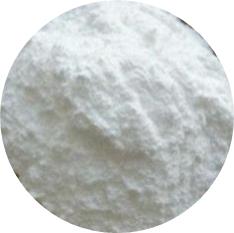
Figure 1 Appearance of Triphenylphosphine
Application
Triphenylphosphine, or TPP, is a common organophosphorus compound that has several applications in organic chemistry. It is a strong nucleophile and can be used as a reducing agent, a ligand in organometallic chemistry, and a catalyst in various reactions.
One of the most important uses of TPP is in the synthesis of organic compounds, where it is often employed to reduce carbonyl groups to alcohols. In this way, it can be used to prepare a variety of pharmaceuticals, agrochemicals, and other fine chemicals. It is also used as a ligand in organometallic complexes, which are used in catalytic processes like cross-coupling reactions and asymmetric hydrogenation.
In addition to its use in organic synthesis, TPP has applications in materials science, where it is used as a dopant in polymer membranes for fuel cells and other electrochemical devices. It is also used in analytical chemistry as a reagent for the detection of metal ions and other analytes.
Overall, TPP is a versatile and widely-used compound in many areas of chemistry, making it an important tool for researchers in academia and industry alike[4-7].
Storage method
Triphenylphosphine should be stored in a dry, cool, and well-ventilated area, away from direct sunlight. It should also be kept away from sources of ignition, oxidizing agents, and strong acids or bases to avoid hazardous reactions. It is recommended to store Triphenylphosphine in a closed container and protect it with an inert gas such as nitrogen to prevent any reaction with oxygen and moisture in the air, which can cause quality deterioration. Additionally, proper safety precautions including gloves, goggles, and respirators must be taken when handling or transferring Triphenylphosphine.
Catalytic mechanism
Triphenylphosphine is commonly employed as a ligand for catalysis, promoting binding between reactants and catalysts to enhance reaction rates and yields. Triphenylphosphine can form stable complexes with many metals and has strong interactions with metal atoms, making it widely applicable in the field of catalysis.
The mechanism by which triphenylphosphine acts as a palladium catalyst ligand is generally explained by a bidentate coordination model. Specifically, when triphenylphosphine binds to a palladium ion, one of its three phenyl groups undergoes π-coordination with the palladium ion, while the other two phenyl groups reduce the palladium ion to a neutral palladium atom through redox reactions. In this way, triphenylphosphine becomes a ligand that can affect the reactivity of the reaction substrate by donating or accepting electrons. This mechanism is called "alternating coordination."
Moreover, triphenylphosphine can also act as a Lewis base catalyst, participating in many other types of organic reactions such as Michael additions, Aldol reactions, and Wittig reactions. In these reactions, triphenylphosphine facilitates interactions between reactants by forming complexes, lowering the energy required for the reaction.
Toxicity
Triphenylphosphine is a chemical compound that has been shown to have some toxic effects. Inhalation or ingestion of this compound can cause irritation to the respiratory tract, eyes, and skin. In addition, it can also cause headaches, dizziness, nausea, and vomiting. Triphenylphosphine has been classified as a hazardous substance and should be handled with care. Prolonged exposure to high levels of this compound can lead to more severe health problems, such as liver damage, kidney damage, and nervous system damage. Therefore, it is important to follow proper safety procedures when working with Triphenylphosphine to minimize the risk of toxicity.
References
[1] Corey E J, Boaz N W. Reductive dehalogenation with triphenylphosphine [J]. Tetrahedron Lett. 1964, 5 (47), 3263-3268.
[2] Sheppard T D, Newton C G, Farley K A. The Wittig reaction: retrospectives and prospects [J]. J. Org. Chem. 2020, 85 (19), 12430-12445.
[3] Miyaura N, Suzuki A. Palladium-catalyzed cross-coupling reactions of organoboron compounds [J]. Chem. Rev. 1995, 95 (7), 2457-2483.
[4] Huo Xiuyun, Zhao Jianzhang, Zhang Youfu, et al. The Wittig Reaction with Ketones Catalyzed by Triphenylphosphine [J]. Synthesis, 2019, 51(10), 2097-2104.
[5] Seebach Dieter, Beck Andreas K, Heckel Alexander [J]. Organic Reactions, 2009, 75, 1-361.
[6] Herbert David E, Lobkovsky Emil B, Cozzolino Anthony FPhosphine, et al. Ligands in Suzuki-Miyaura Cross-Coupling: Pd-PEPPSI-IPent and Related Palladium Complexes Bearing Sterically Encumbered Cyclopentadienyl Ligands [J]. Organometallics, 2012, 31(11), 3980-3990.
[7] Larock Richard C, Yum Edward K. Reductions with triphenylphosphine/zinc [J]. Synlett, 2005, 21, 3297-3305.
[8] Zhou Demin, Zhao Zhao, Deng Xiangyan, Su Jihong, Wu Mingshu.Synthesis of triphenylphosphine[J].Journal of Hainan Normal University (Natural Science Edition),2012,25(04):407-408+411.
Related articles And Qustion
Lastest Price from Triphenylphosphine manufacturers

US $0.00/KG2025-05-21
- CAS:
- 603-35-0
- Min. Order:
- 1000KG
- Purity:
- 99.5
- Supply Ability:
- 20000MT

US $0.00/kg2025-05-21
- CAS:
- 603-35-0
- Min. Order:
- 1000kg
- Purity:
- 99.5
- Supply Ability:
- 20000mt
